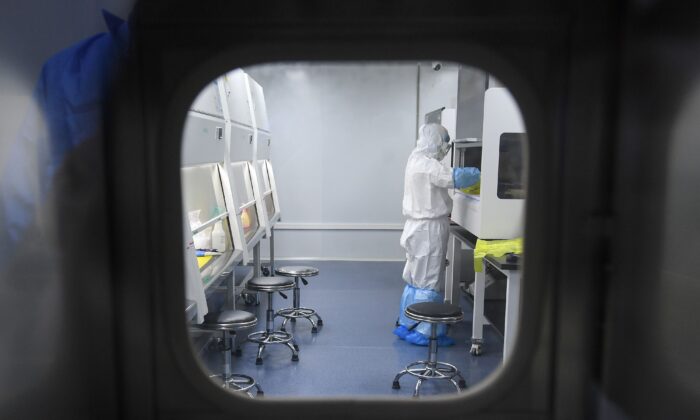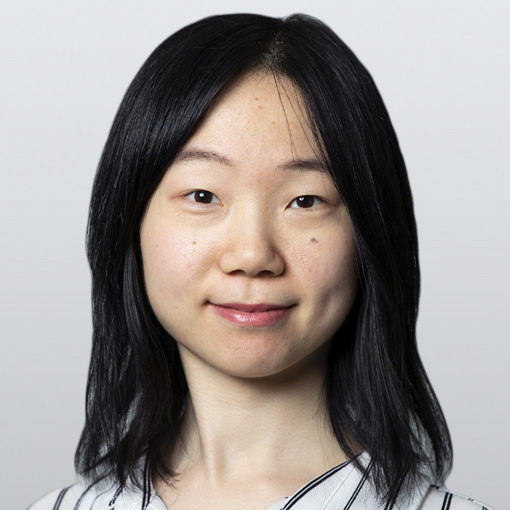“Debunked.”
“Dangerous.”
“Unhelpful.”
These were some of the terms heaped on the theory that COVID-19 might have spilled from a lab in China, accidentally or not. Suggesting that the virus may be linked to a Chinese lab would swiftly earn one the label of “conspiracy theorist.”
That was the case for at least 18 months after the pandemic erupted from China, where the ruling communist regime has repeatedly thwarted efforts by citizen journalists and the outside world to probe the virus’s origins, and covered up the true death toll.
Three years on, the world is still in the dark about the pandemic’s origins. But mainstream discussion has gone through an about-face on the lab leak theory. The once-maligned hypothesis has gained significant traction—so much so that the U.S. Energy Department recently sided with the FBI in assessing that COVID-19 was “likely” the result of a lab leak.
But for many who have long sounded the alarm on the Wuhan lab, the U.S. government was too late to the game.
“My initial thoughts are ‘where have they been for the last 2 1/2 years?’” Rep. Ronny Jackson (R-Texas), who sits on the House Select Subcommittee on the Coronavirus Pandemic, told The Epoch Times’ sister media outlet NTD. “The entire world should have risen up and made China financially responsible for what had happened.”
Censorship
Concerns about the Wuhan lab arose early in the pandemic.
At the time when Beijing was still blaming a wet market in the central Chinese city of Wuhan as the virus’s source, The Epoch Times released a documentary titled “Tracking Down the Origin of Wuhan Coronavirus,” drawing attention to the Wuhan Institute of Virology (WIV), which houses a biosafety level 4 (P4) facility that had been working on coronavirus research, and—as it was later revealed—highly risky experiments that could make a virus more lethal.
Across different platforms, that video generated tens of millions of views shortly after its debut.
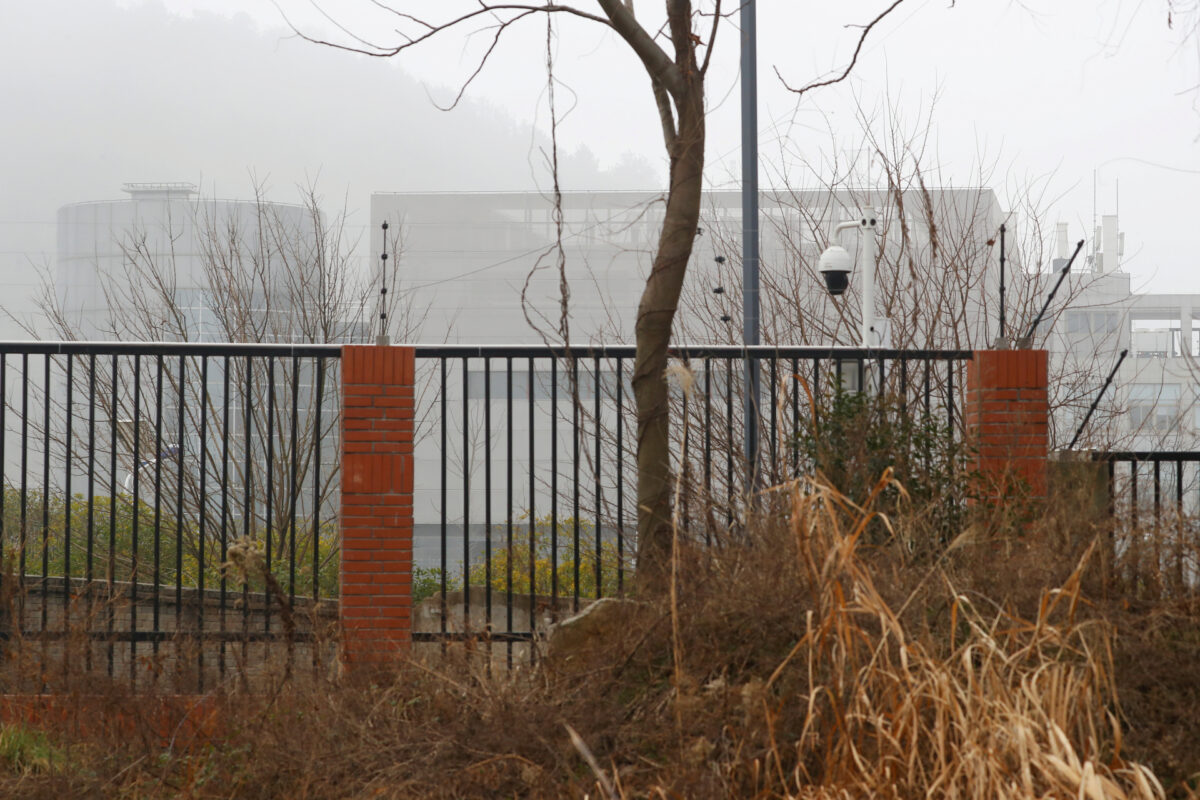
But rather than allowing further examination of these concerns, an all-out campaign was begun in the United States to censor discussion of the Wuhan lab’s possible role in spawning the pandemic.
Facebook went on to mark the documentary as “false,” although a key source for the fact checkers’ claim wasn’t independent; the claim was based on the opinion of a Singapore-based scientist who worked with the Wuhan Institute of Virology and praised the facility’s researchers as “incredibly competent, hardworking, and are excellent scientists with superb track records.”
These statements would later be called into question, as evidence of the lab’s risky experiments and lax biosafety standards came to light. But in 2020, they were enough to trigger a near-blanket shutdown of media coverage. Idaho state Rep. Heather Scott, a Republican and a biologist, was ridiculed by local media for sharing the video and getting a fact check label.
In a widely cited article, The Washington Post accused Sen. Tom Cotton (R-Ark.), who called for questions to be asked about the lab, of “repeating a coronavirus conspiracy theory that was already debunked.” It issued a correction in 2021 to remove the word “conspiracy theory,” which it acknowledged was an inaccurate characterization because there was no consensus about where the virus originated.
‘Something Was Very Fishy’
As open discussion of COVID-19’s origins was being muzzled in the West, the Chinese Communist Party (CCP) was waging a full-fledged campaign to silence critics on its handling of the pandemic.
The regime’s law enforcement reprimanded doctors who sounded an early alarm about the virus, warning them not to “fear monger.” Citizen journalists were imprisoned. Chinese officials and state media, while hailing the communist leadership as exemplary in its global pandemic response, exploited the rise of anti-Asian attacks in the United States by framing Western criticism of the regime’s handling of the outbreak as racist.
The result was that the world at large echoed narratives from China with little questioning.
But Hans Mahncke, who has been documenting the U.S. suppression of the lab leak hypothesis for EpochTV’s “Truth Over News” over the past two years, said his suspicions were aroused as soon as Chinese authorities took the unprecedented step on Jan. 23, 2020, of locking down the virus’s ground zero: Wuhan, a city of over 11 million.
“I knew something was very fishy,” he said in an interview, noting that Beijing hadn’t done so when severe acute respiratory syndrome (SARS) emerged from China in 2002, which by official accounts infected thousands worldwide.
“If you’re going to lock down the city, you’re not going to do it for a SARS virus,” Mahncke said, noting SARS’s relatively low transmissibility. This convinced him that Chinese leader Xi Jinping “must have had some extra information, some data point that made him do something very out of the ordinary.”
More evidence soon emerged indicating that something was off: the existence of a lab doing coronavirus research in the COVID-19 hotspot; a short Feb. 6, 2020, paper by two Wuhan university researchers—taken offline shortly after—that pointed to WIV as a possible place where the “killer coronavirus” could have originated; and a spotlight on the Wuhan facility’s senior virologist, Shi Zhengli, who for years had been studying SARS-like coronaviruses, on which she wrote papers as early as 2015.
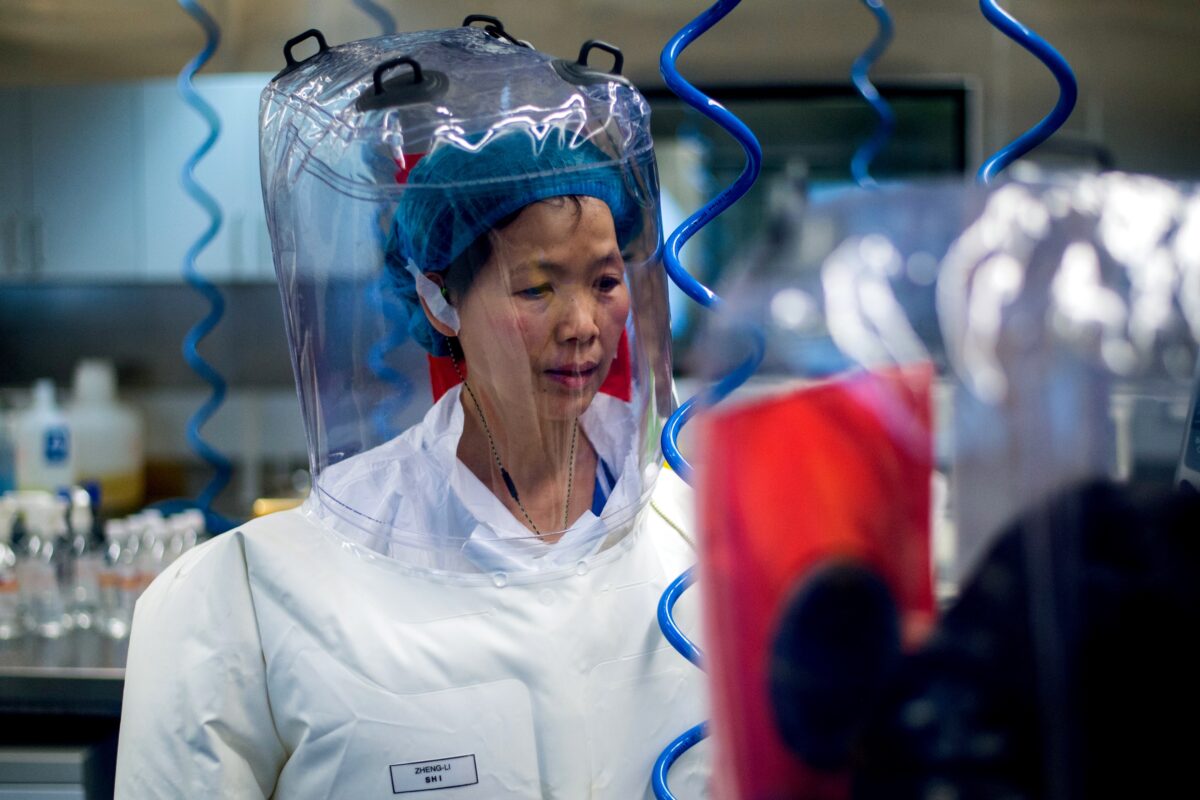
“I had to sort of bite my tongue a bit because I knew that if you said it publicly, or if you said it too stringently, you would get deleted off of social media,” he said, noting that he had seen friends censored from Twitter for lab leak comments.
“We could not just go into the public and say these things, because immediately, you’d either have your Twitter account canceled, you would be shunned. … You’d be called a ‘conspiracy theorist,’ you would have trolls and other people harass you.”
Something clicked for Mahncke as he followed the World Health Organization-backed probe in Wuhan in early 2021. The mission, conducted with heavy involvement from the Chinese side, dismissed the lab incident hypothesis as “extremely unlikely.”
But after reading further into the investigators’ backgrounds, Mahncke realized that Peter Daszak, the U.S. expert on the WHO task force, had not only worked closely with researchers at the Wuhan lab, but was instrumental in stymying discussion of the lab leak hypothesis during the pandemic’s early days.
Over the next months, internal documents released under the Freedom of Information Act (FOIA) would show that Daszak had a more than passing friendship with the WIV staff. His New York-based nonprofit, EcoHealth Alliance, funneled hundreds of thousands of taxpayer dollars to the Wuhan lab for virus research, including “gain of function” studies on making existing pathogens more dangerous.
Dr. Anthony Fauci, who recently stepped down as head of the National Institute of Allergy and Infectious Diseases—which funded EcoHealth’s projects—initiated a call in early February 2020 after a team of scientists flagged concerns that the virus may have been engineered. Four participants of the teleconference, Daszak included, went on to draft “The Proximal Origin of SARS-CoV-2,” a paper that was widely circulated through the media and used by many to assert the primacy of the natural origins theory.
Hitting a Brick Wall
When reports about a viral outbreak in China were first emerging in early January 2020, immunologist Nikolai Petrovsky was staying at his holiday house in Colorado to escape the blistering heat back home in Australia.
About a week before Wuhan went into full lockdown, the WHO was still repeating the CCP’s claim that the virus was unlikely to be transmissible between humans. However, locals were posting images on Petrovsky’s social media feeds of dead bodies on stretchers and Chinese police welding apartment doors shut.
The official Chinese message, and the WHO’s amplification of it, was “outrageous,” Petrovsky, a Flinders University professor specializing in vaccine development, told The Epoch Times.
“I immediately recognized this was a serious virus that wasn’t being treated seriously. And when you don’t treat a serious virus seriously, you end up with a disaster,” he said.
Shelving his vacation plans, Petrovsky began to run supercomputer modeling studies on the COVID-19 viral sequence, hoping to find out which animal the virus came from. By March, the analysis yielded a piece of information no one on his team had been looking for: The virus seemed better adapted to a human cell than any of the potential animal hosts identified.
“So then we said, well, how could that happen? Either the virus was spreading in humans for years with no one knowing it, which seems highly unlikely,” he said, “or SARS-CoV-2 could have met a human cell in a laboratory dish.
“It was like a light bulb moment. To us, it was just an obvious explanation for a finding that we had confirmed.”
As Petrovsky was pondering the lab hypothesis, Daszak was organizing a group of health experts to obstruct any speculation that the virus wasn’t from nature. He was behind a statement co-signed by more than two dozen scientists, including four EcoHealth associates, that praised their Chinese counterparts for their “remarkable” efforts to fight the outbreak and sharing results “transparently” with the global health community, and derided alternative theories about the virus origins as “rumors” and “conspiracy.” The statement was published by The Lancet in February 2020.
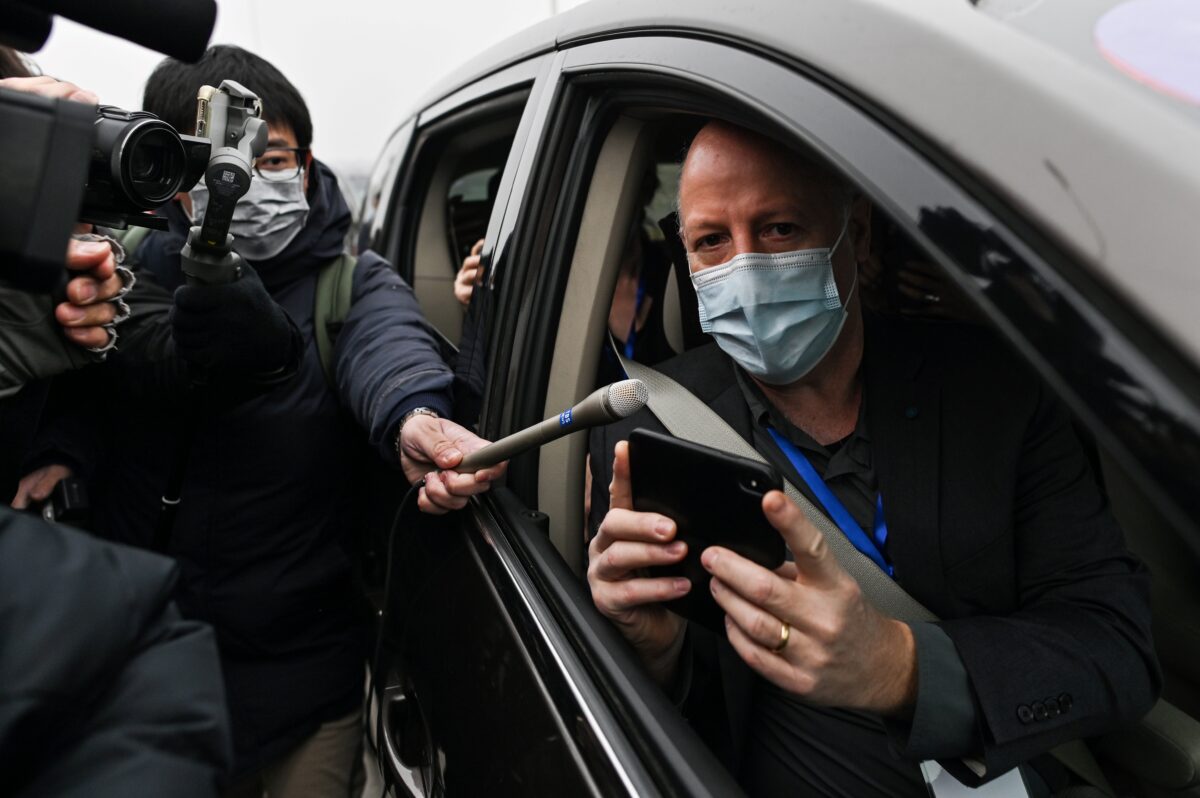
Petrovsky was shocked.
“Politics should have no role in scientific investigation, and as far as I could see, this article was purely about politics, containing no actual factual data,” he said. “Science should be neutral and just about finding the truth. It’s not about whether that truth is politically convenient or not.”
But this political ploy had real-world effects on Petrovsky’s work: getting his team’s findings published in scientific publications became next to impossible.
“We just hit brick walls,” he said. “Several of the big publishers sent it back to us in 48 hours without even reviewing.”
It took about a year of appeals and dealing with “very antagonistic reviewers” before the prominent science journal Nature agreed to accept their paper. By then, the landscape had changed; more scientists were coming forward urging a deeper look into the lab leak possibility, and President Joe Biden, acknowledging the scenario to be plausible, ordered his intelligence agencies to produce a report on the origins of the virus within 90 days.
But the damage from the delay was hard to undo.
By that time, the paper had much less impact, because everyone had been convinced by the highly promoted Nature commentary that the virus must have had an animal source and that anyone suggesting otherwise was a “conspiracy theorist,” Petrovsky said.
“It appeared by then they were satisfied that their global disinformation campaign had been so successful at creating a smokescreen that it was now safe to let other data come out, figuring everyone would ignore it or just attribute it to a conspiracy theory,” he said.
“And that is exactly how it played out.”
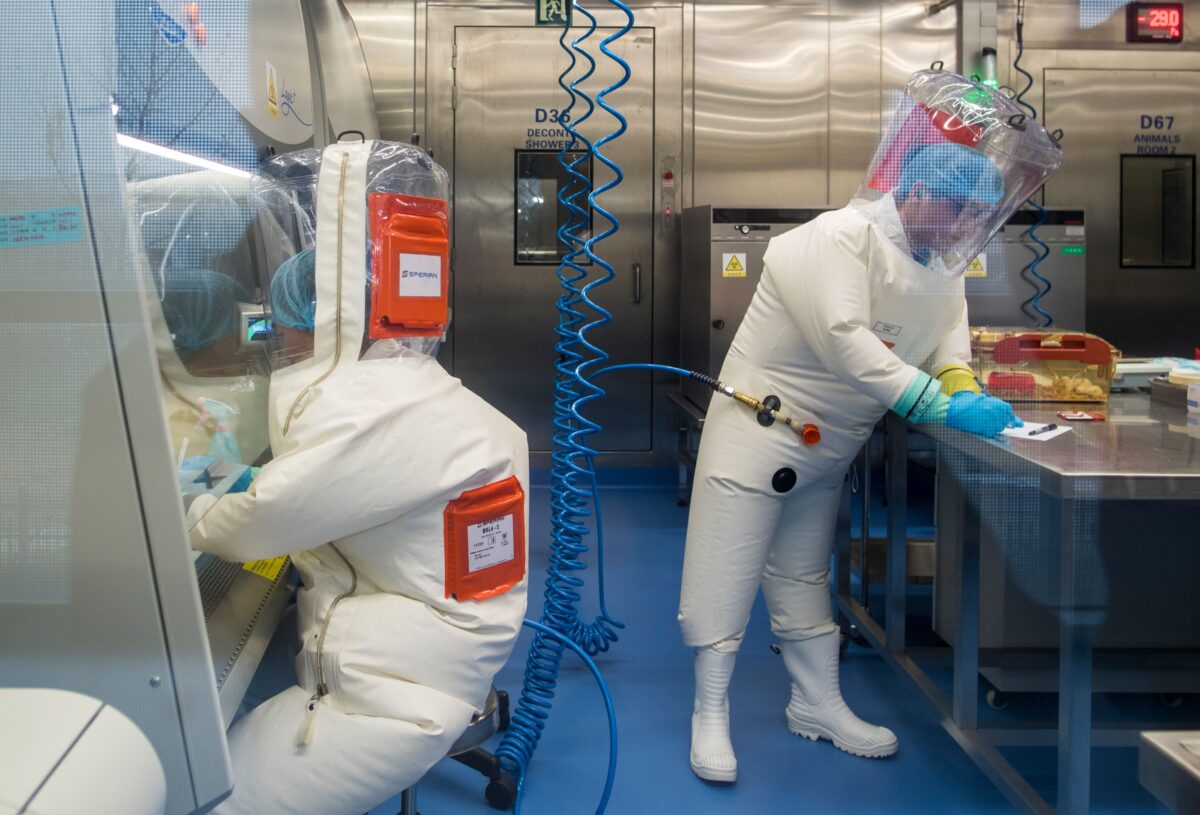
‘Antithetical to Science’
Inside the U.S. government, the atmosphere was no less intense. David Asher, who spearheaded a State Department task force probing COVID-19’s origins in 2020, was troubled by the military takeover of the WIV days after the Wuhan lockdown. So he reached out to the National Institutes of Health (NIH) for an expert opinion beginning in late spring that year.
The NIH’s entanglement with the Wuhan lab wasn’t known at the time. To Asher’s surprise, the institute provided “no investigative file” and pointed him to the “Proximal Origin” article.
The NIH head at the time, Dr. Francis Collins, “told us through their staff, not directly, that we should just trust the Chinese,” Asher, now a senior fellow at the Hudson Institute, told The Epoch Times.
“My answer was, ‘If that’s your basis for your analysis, then you have no basis for your analysis.’
“They were basically operating in a way that was totally inconsistent with transparency, the truth, and any sort of accountability.”
There was also apprehension from the State Department’s Bureau of Arms Control, Verification and Compliance and the undersecretary for arms control and international security, whose staff worried that the lab origin probe could “open a can of worms.” (pdf)
“We never figured out what they were worried about exactly,” Asher said.
By late January 2020, Dr. Robert Redfield, director of the Centers for Disease Control and Prevention during the Trump administration, had made repeated fruitless attempts to engage with China and offer assistance in the pandemic’s initial weeks.
Redfield had made clear to Fauci and other health officials that the lab origin theory was worth serious consideration. But he was excluded from discussions that preceded the “Proximal Origin” article—something Redfield only found out retroactively from released FOIA documents.
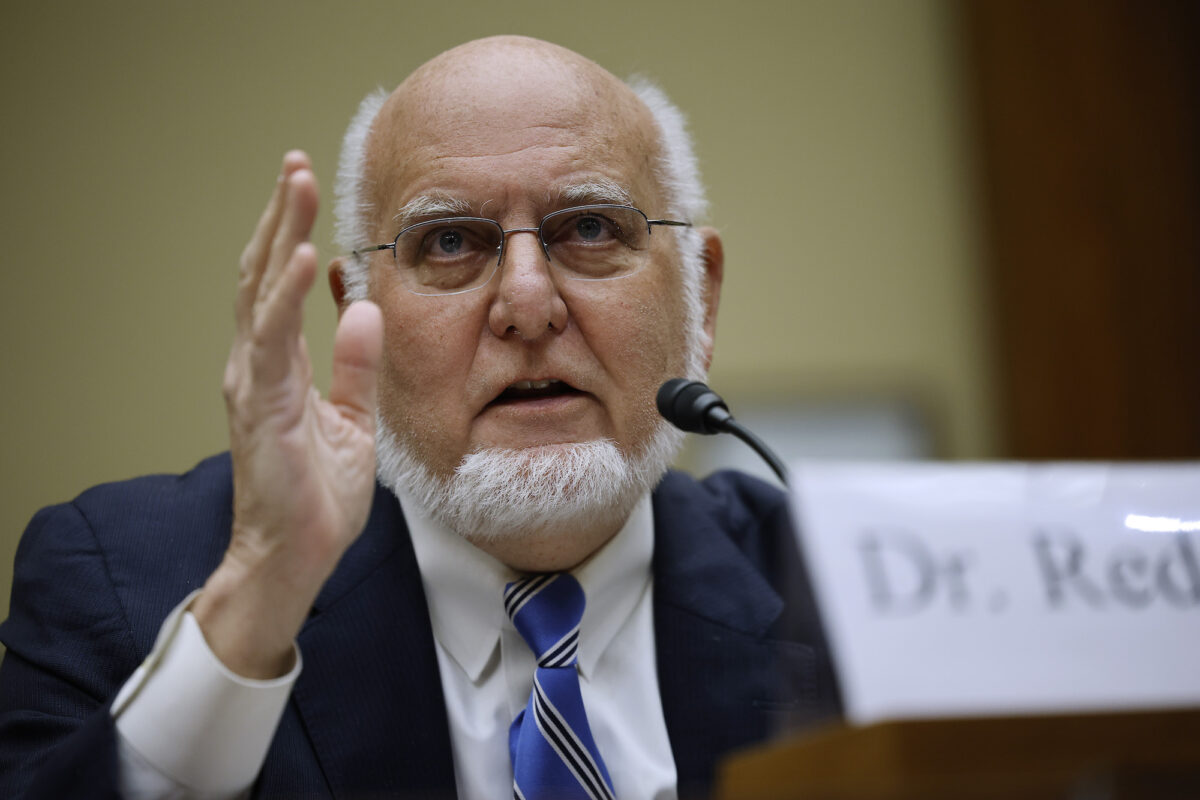
“I had a different point of view and I was told they made a decision that they would keep this confidential until they came up with a single narrative,” Redfield told the House Select Subcommittee on the Coronavirus Pandemic in early March.
“When you have a group of people that decides there can only be one point of view, that’s problematic.
“That’s antithetical to science and, unfortunately, that’s what they did.”
‘Friends’ in China
To date, the Chinese regime has resisted a comprehensive independent inquiry into how the pandemic started and has consistently sought to pin the blame on other countries.
While the culpability for covering up COVID-19’s origins rests squarely on the regime, the scientific community in the West has abetted that.
Prominent researchers at the Galveston National Laboratory at the University of Texas Medical Branch, a P4 lab that had for years partnered with WIV, actively tried to help their Chinese colleagues counter concerns that the virus might have originated from the Wuhan facility. One internal email string showed the Galveston scientists discussing The Epoch Times’s documentary, calling it “disconcerting” and noting the film contained “a section on our two friends” from the WIV, Shi and Yuan Zhiming, who directs the P4 lab at the institute.
But such Western scientists with “friends” in China have overlooked a critical factor, according to Jamie Metzl, a senior fellow at the Atlantic Council who has long called for a thorough investigation into COVID-19’s origins.
“A scientist in China is very different from a scientist in the United States,” he told The Epoch Times’s sister outlet NTD in early March.

“[They] may be a great person, may be fully ethical. But a scientist in China, when a critically important issue is at stake, cannot speak openly or honestly, and that’s a very big difference.”
Nonetheless, efforts by Western scientists, officials and the media to discredit the lab leak theory left a large imprint.
“A false consensus was essentially pushed on the general public in the early days, and that stuck,” Metzl said.
“It took a whole lot of work of a small handful of people, certainly over the course of that first year, but really for three years to begin to shift perceptions.”
Turning Point
Indeed, perceptions have changed, up to the very top levels of government.
On television in late February, FBI Director Christopher Wray confirmed that his agency has “for quite some time” believed the root of the pandemic is “most likely a potential lab incident.” A recent poll suggests that two-thirds of Americans now think there was a lab leak, and Biden on March 20 signed into law a bill that was unanimously approved by Congress mandating declassification of COVID-19 origins intelligence.
Petrovsky sees Wray’s remarks as an inflection point.
Anyone who posited the laboratory-origin theory, no matter how good their data, was “ostracized from mainstream science and treated as if they were conspiracy theorists and not serious scientists,” he said.
“Now, the debate has been opened up. It is time to bring the many dissenting scientists in from the cold. … All perspectives should be welcome given it still isn’t known how and where this pandemic started.
“We also need more answers into how a small group of scientists with major conflicts of interest were able to so successfully create a single narrative that only a natural animal source of this virus was possible, while, at the same time, demonizing any scientist with a contrary view.”
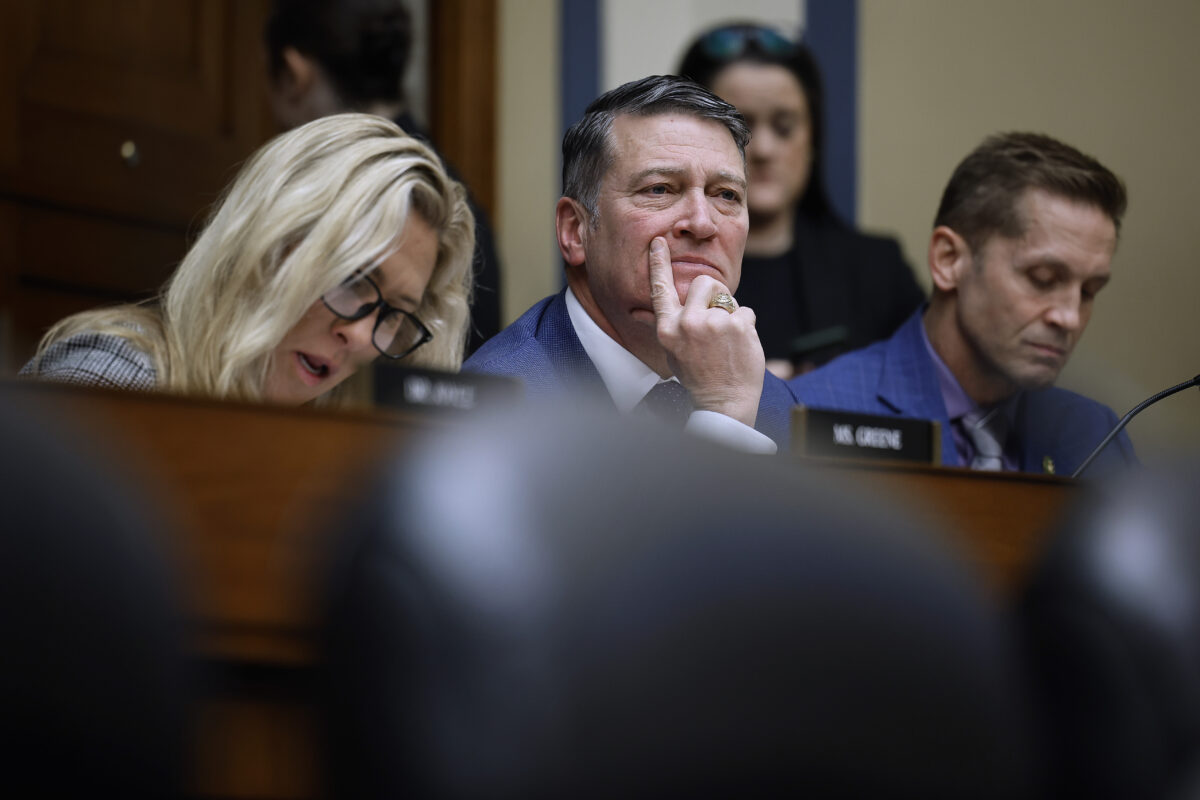
For Jackson, the Texas Republican, change is already afoot.
“I think that people are seeing the writing on the wall right now,” he said. “They realize that whistleblowers are coming forward and that the truth is coming out. People are scrambling to make sure that they get on the right side of this issue before they get drawn into it.”
In January and February, he co-sponsored two measures to defund the WIV and make Beijing pay pandemic damages. There’s “a lot of digging to do,” he said, adding he’s “excited to get to the bottom of this once and for all.”
“It’s important, because we can never let this happen again.”
